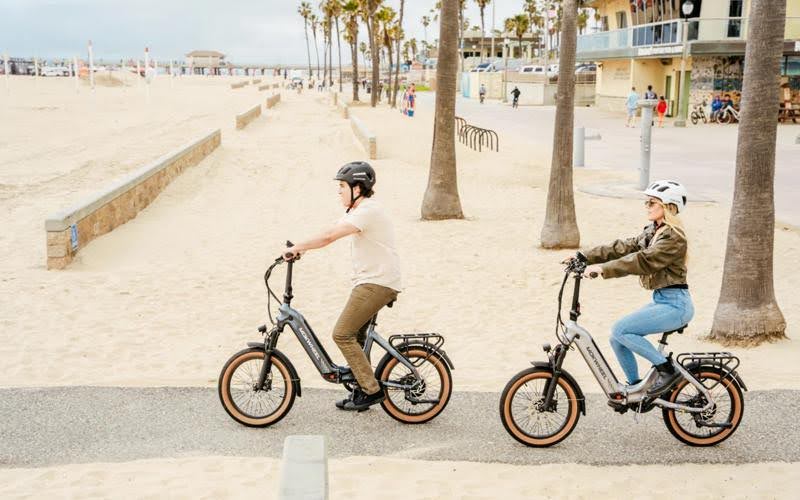Climate change is an undeniable reality, which threatens life on every continent and will not be reversed without significant global effort. These truths have been hard to swallow for many people, from average citizens to politicians in the highest seats of government. Still, the desire for change is strong in many – and active efforts are being made by national and international bodies to reverse course.
The impacts of climate change are already being felt keenly, from domestic flooding to international weather events with catastrophic loss of life the consequence. Climate change needs to be undone – but how can it be?
Sustainable Energy
The principal way in which this must be achieved is through the replacement of existing energy sources with sustainable sources. Fossil fuels describe the majority of climate change causes, through the release of greenhouse gases into the atmosphere when burned.
The abundance and existing industry behind oil and gas has made it difficult for other energy sources to gain a foothold, despite their obvious supremacy over what is demonstrably a finite source. There are many different forms of sustainable energy to discuss, but here we will focus on one in particular: wind.
Wind and Energy Transition
Wind energy is, simply, electricity generated with wind as a source. Wind turbines are moved by air currents, turning the core of a dynamo and generating electricity as a result. Dynamos work like motors in reverse, where kinetic energy is converted into electricity as opposed to the inverse.
Wind energy is a formidable alternative to fossil fuels on account of its inexhaustibility. The energy wrapped up in global weather systems is incalculable, for one; even if wind could be ‘drained’, it would take an immeasurable period of time for relatively miniscule arrays of turbines to wick that energy away.
Technological and Logistical Advancements in Wind
Wind turbines have not always been a complete solution for the energy crisis – and indeed, they remain a partial solution (necessarily) today. There have been considerable technological challenges to clear along the way, from improving the efficiency of the dynamo within to expediting the production of units altogether.
The existence of wholesale suppliers like RS Americas makes the construction of domestic turbines easier for independent contractors, improving timescales and outcomes for major projects. With time being very much of the essence, this is crucial both for the mounting of a fossil-fuel-killing energy source and for the health of the Americas as a whole.
A Dark Future
Despite the promising nature of wind as a potential future energy source – and wider leaps regarding the efficiency and efficacy of other energy alternatives – it is impossible to say that enough is being done to combat climate change. Key points-of-no-return come and go, with little in the way of recourse for failed international commitments. Wind is one small part of a much larger system, one we can only hope will kick into gear in time.






